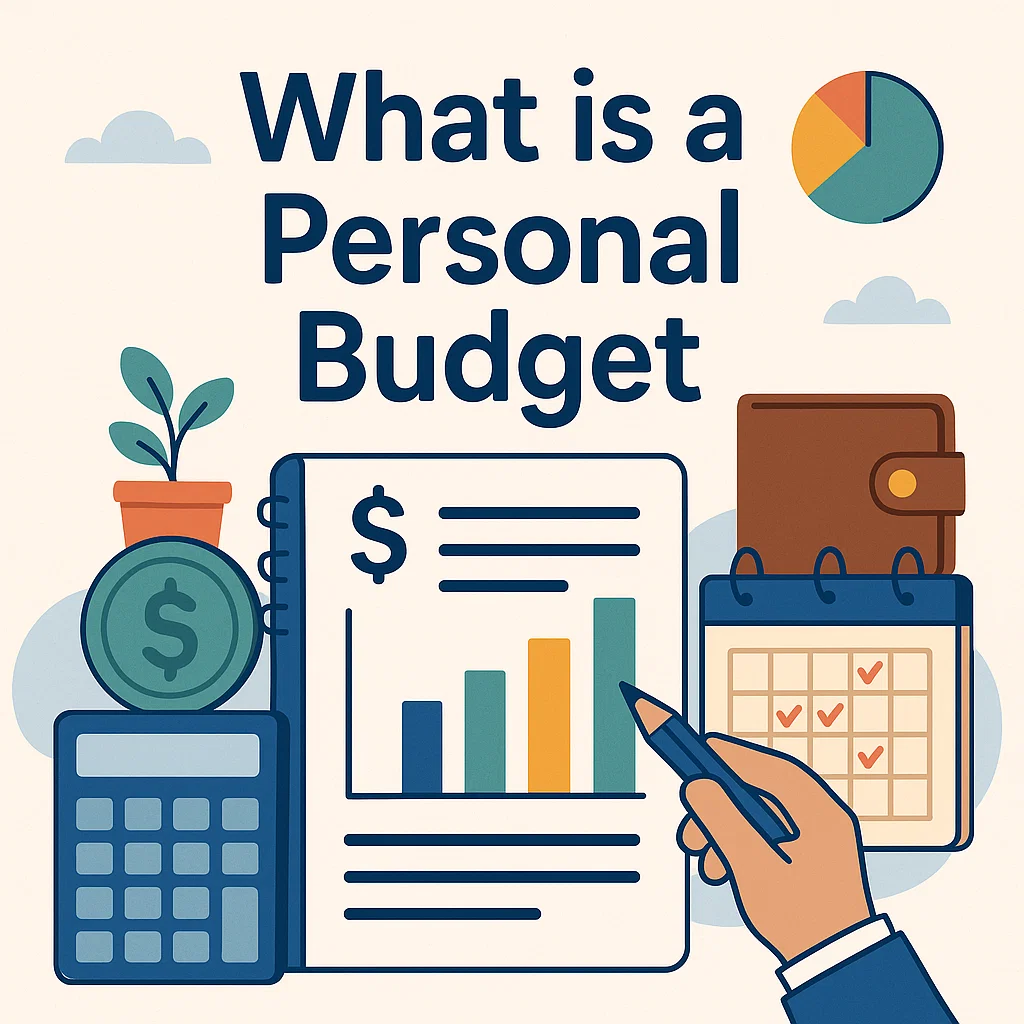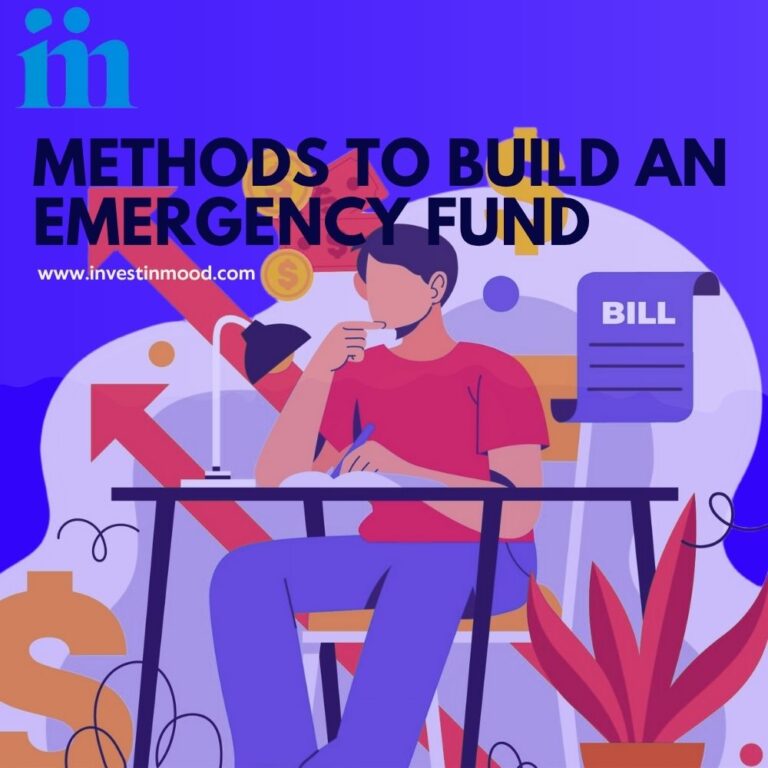
Part of the Series: Budgeting for Better Finances
Creating a personal budget facilitates persons to supervise their salary, spending, and retirement fund. It serves as an economic road map that lets you track where your capital is going and how much you can capitalize or set aside. Whether you want to enhance your economic routines, set aside for a major purchase, or pay off amounts unpaid, financial planning is an important part of economic scheduling.
There are a lot of benefits of having a well-organized personal budget as it prevents you from overspending and makes sure that you can upgrade your economic future. This article is all about What a personal budget is, why it matters, how to make one, and productive expense tracking techniques. Along with providing answers to some commonly asked financial planning questions, we will also examine how a spending plan can change your budgetary condition.
KEY TAKEAWAYS
What Is a Personal Budget
A personal budget is a budgetary schedule that helps individuals in effectively managing their earnings, spending, and retirement fund. It requires keeping track of your revenue and outgoings over a specified time frame, usually a month. It lets you allot capital to reserve goals, unrestricted needs, and necessities by classifying profit and costs. Making a personal budget facilitates you better handle your capital, prevent overspending, lower your amounts unpaid, and raise your retirement fund. It serves as a guide for more effective capital supervision which permits you to live within your method and fulfill both short and long term budgetary goals.
How to Make a Personal Budget
There are a few easy steps that can be used to establish a personal budget. This is how you can start:
Step 1: Monitor Your Earnings
Recognizing how much you make is the first step in making a financial plan. This covers your pay as well as any profit from side jobs or freelancing, dividends, rentals, and other sources. It’s important to estimate your profit as precisely as possible, so obtain into consideration after tax amounts as well as any irregular fees.
Step 2: Make A Catalog of Your Expenditures
After keeping track of your earnings, it’s time to make a catalog of your outgoings. Start with permanent costs like utilities, rent or a mortgage, auto cash transfers, and insurance premiums. These are the monthly costs that are comparatively reliable. After that determine your variable costs, which change from month to month. Gas, groceries, entertainment, eating out, and personal care costs are a few examples. You must prepare for irregular costs like insurance premiums, annual enrollments, and holiday presents.
Step 3: Sort Your Outgoings
Sorting your spending into necessary and non-important types is highly helpful. Important costs are those that are required for your basic needs, like food, utilities, and homes. Entertainment, hobbies, and eating out are examples of non-necessary costs. Sorting your spending can support you to analyze where you can decrease back and grow your reserves.
Step 4: Build Economic Objectives
Arrange economic ambitions after compiling all of your profit and spending data. Your goals could be:
- Resolving advance card deficit
- Putting wealth aside for crises
- Retirement reserves
- Creating a holiday fund
Make sure your goals are time bound, relevant, quantifiable, achievable, and exact. It will keep you motivated if you know what you’re aiming for.
Step 5: Distribute Money to Every Category
Now that you have a distinct understanding of your revenue, costs, and ambitions, it’s time to allot money to each category. You can use a variety of cost management techniques, including:
- The 50/30/20 guideline: It states that you should place aside 50 % of your revenue for necessities, 30 % for wants, and 20 % for amounts of unpaid repayment and retirement fund.
- Zero Based financial planning: This plan facilitates you to do zero at the end of the month by setting aside every dollar of your salary for a particular retirement fund or spending category.
- Envelope System: This technique divides funds into different cost classes using actual envelopes or a computerized system. You stop making acquisitions in that category when the envelope is empty.
Step 6: Monitor and Adjust Frequently
Setting and forgetting a spending plan is not an option. Maintaining regular spending is important to meet your economic goals. You can determine whether you ‘re staying within your allotted types or if changes are obligatory by reviewing your allocation every month. For example, you might want to lower the amount allotted for that category if you discover that you routinely spend too much on eating out.
Top Budgeting Strategies
People can boost their economic direction by using many well liked expense tracking techniques which are:
1. The Rule of 50/30/20
As previously stated, this method of financial planning is clear and productive. Food, utilities, and home costs obtain up to 50% of your earnings. 20 % goes to amounts unpaid repayment, investments, and retirement fund, and 30 % goes to discretionary costs like entertainment and eating out.
2. Money Management at Zero
According to zero-based financial planning, you must divide every dollar of your salary among certain divisions in order to have a balance of zero at the end of the month. This method helps you escape overspending and guarantees that you’re using every dollar purposefully.
3. First, Pay Yourself
By setting aside a portion of your profit for liability repayment or reserves before covering any costs, you must arrange capitalizing and saving first. This strategy is perfect for people who want to prioritize saving and reducing their cost.
4. The System of Envelopes
With the envelope system, wealth is physically placed into envelopes after being distributed for particular classes. You are no longer able to outlay money in that category for the month after the envelope is empty. For people who have trouble with excessive spending in precise areas, this system works well.
5. 50/30/20 With A Change
Some individuals would rather change the 50/30/20 guideline to align it for their particular situations. For example, you may want to set aside 20 % for retirement funds, 60% for necessities, and 20 % for discretionary outgoings. Making sure the financial plan takes into account your lifestyle and budgetary goals is important.
Conclusion
It is one of the most powerful schemes to receive charge of your budgetary future by creating a personal budget. You ‘ll be in a more efficient position to supervise your funds wisely, lower stress levels, and accumulate fortune over time if you keep monitoring of your earnings and costs. you can arrange distinct budgetary goals, and sometimes inspect your cost schedule. You can easily supervise your liability, set aside for meaningful life events, and prioritize your cost with the guide of a spending plan. You can fulfill your economic goals and grow your economic safety by approaching your finances methodically and mindfully whether you’re new to money management or want to enhance your current economic position.






